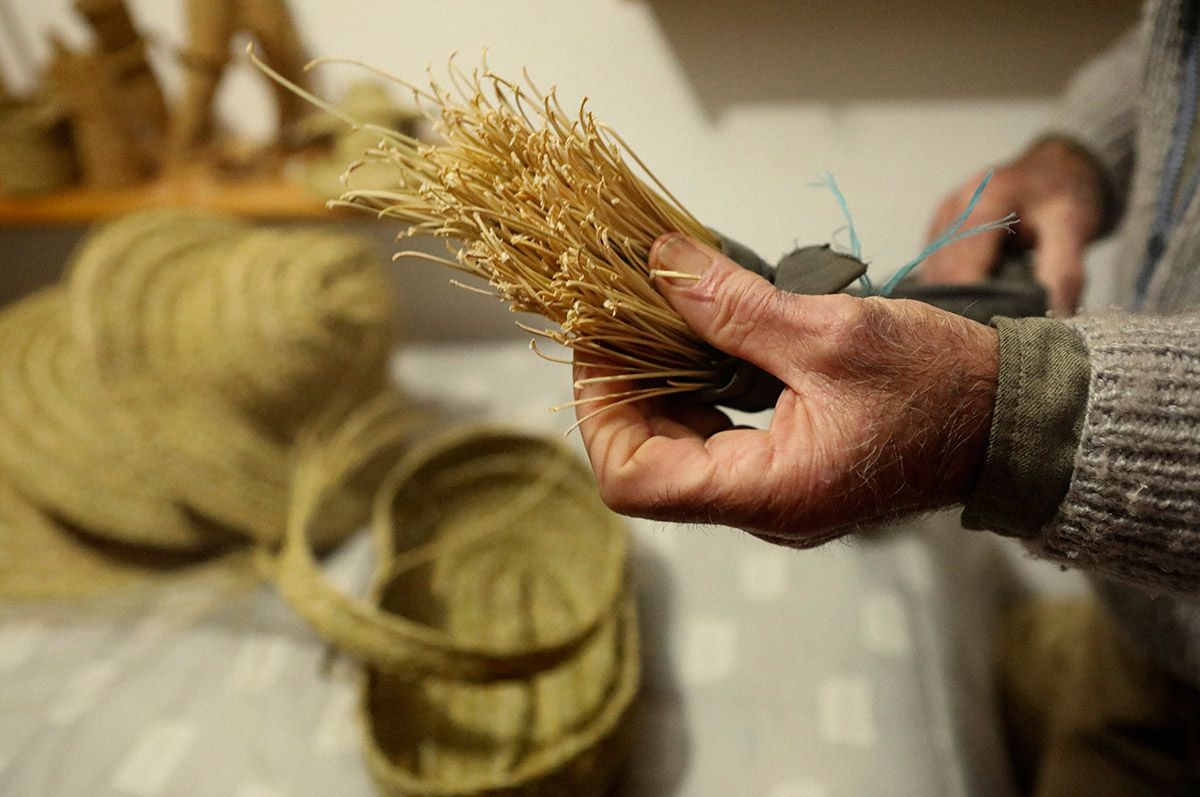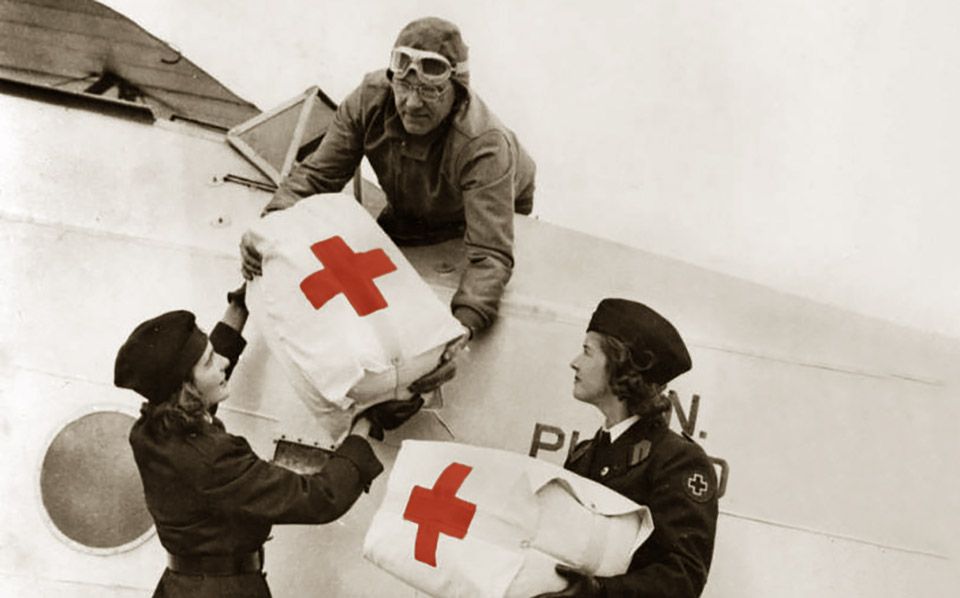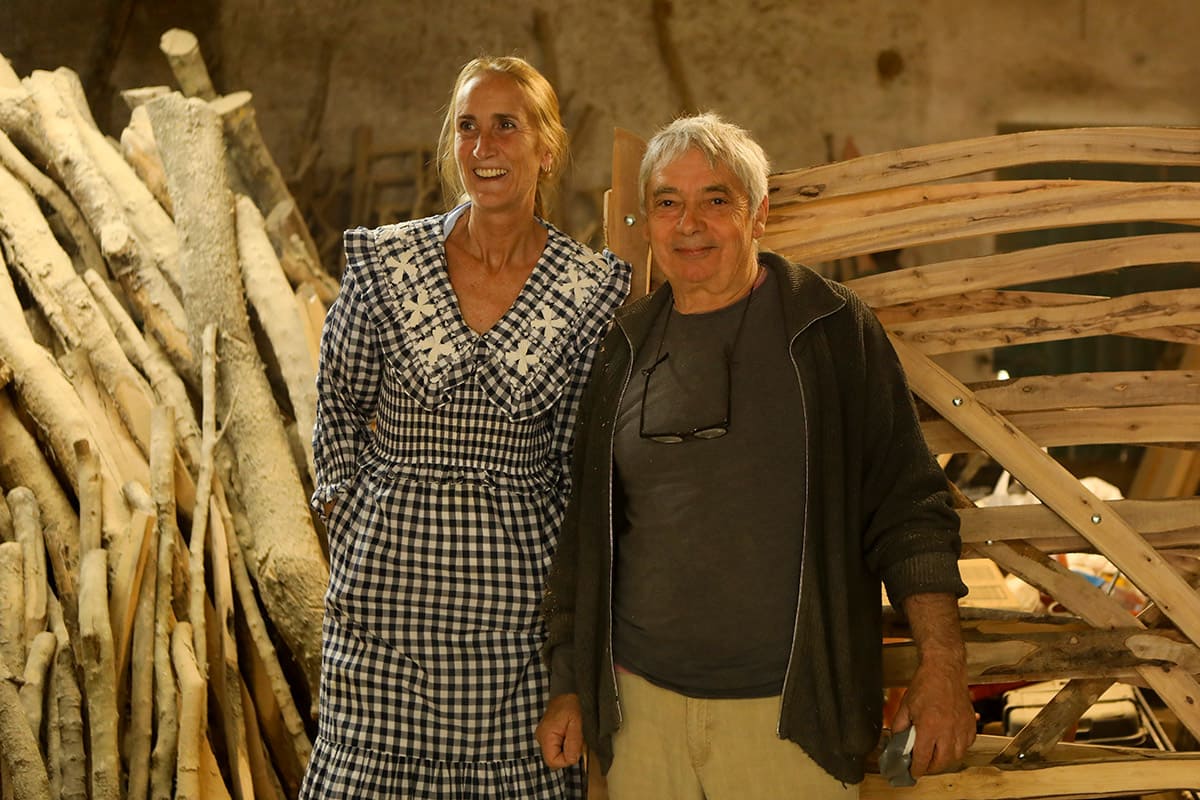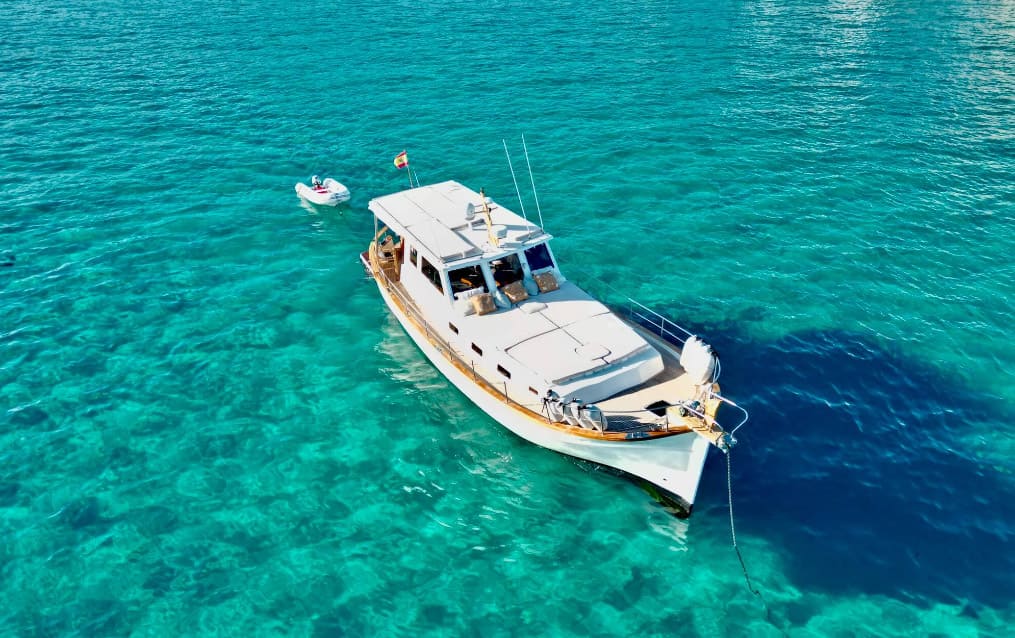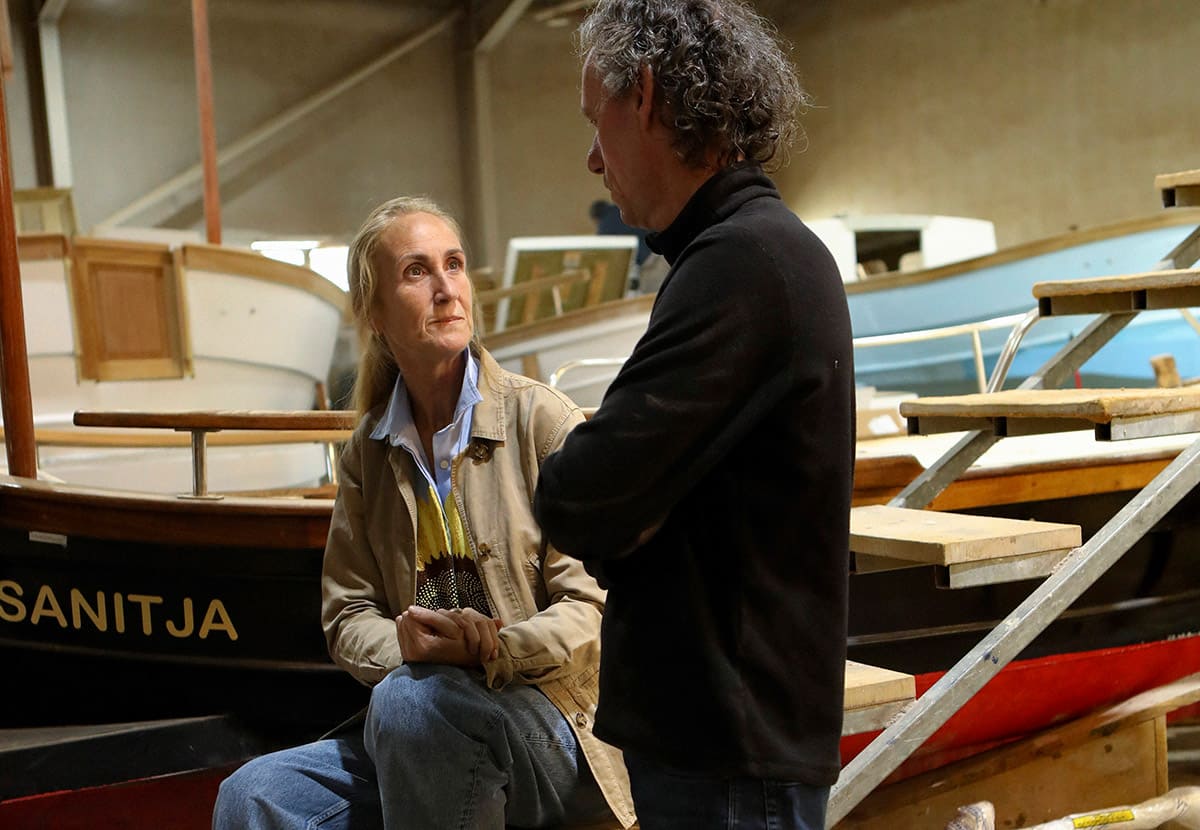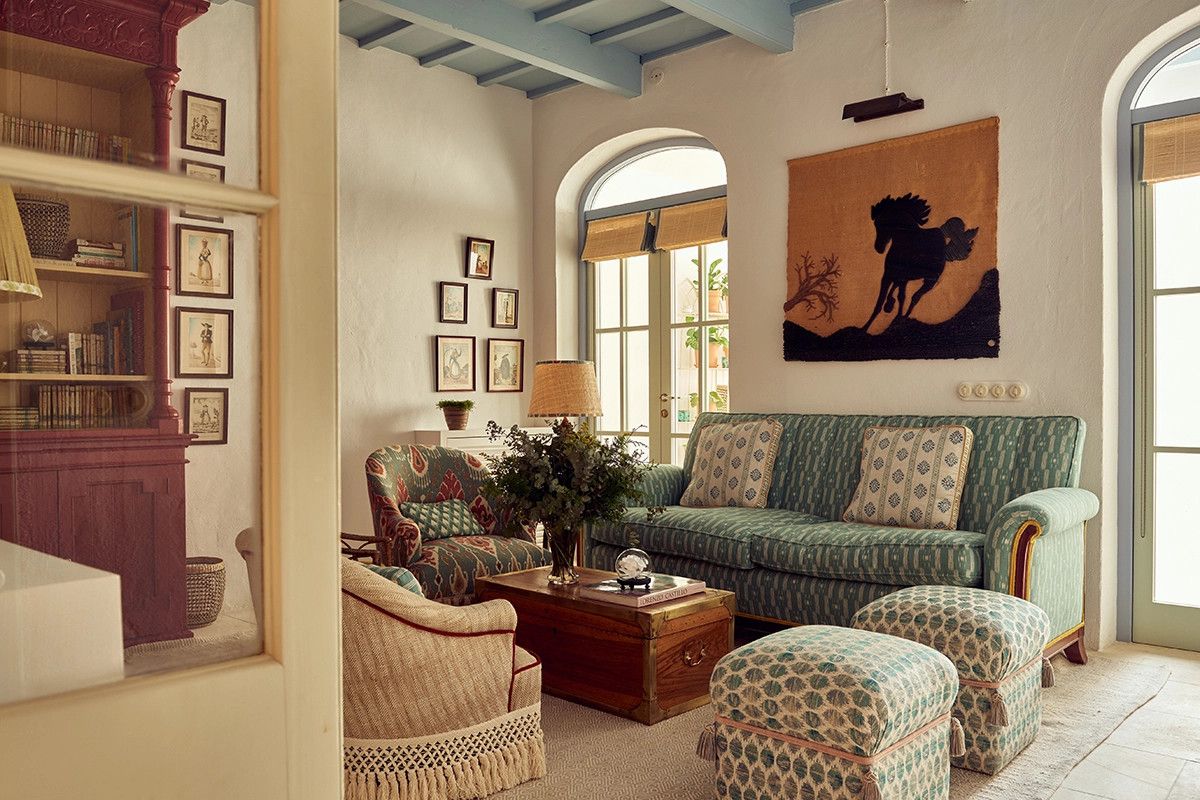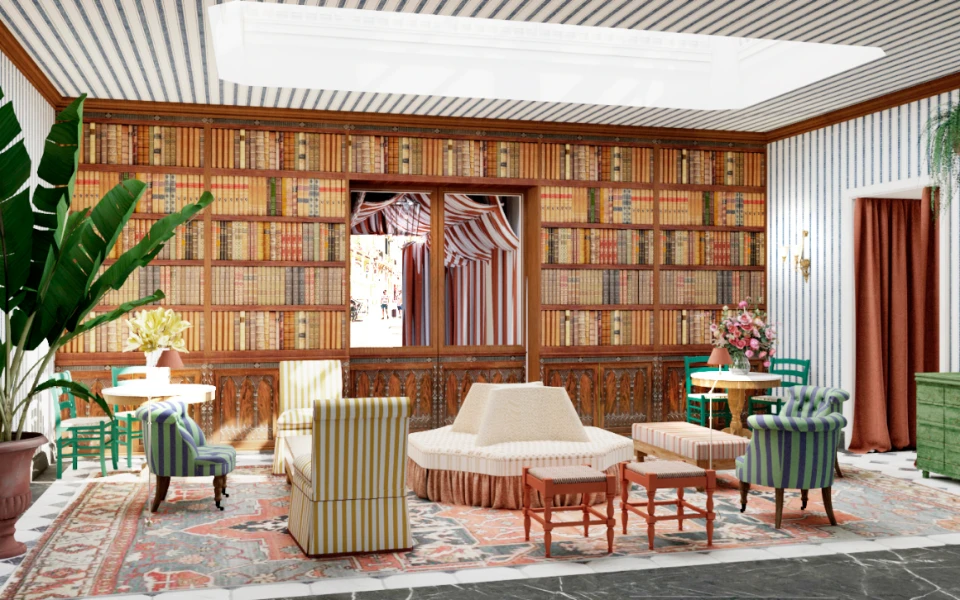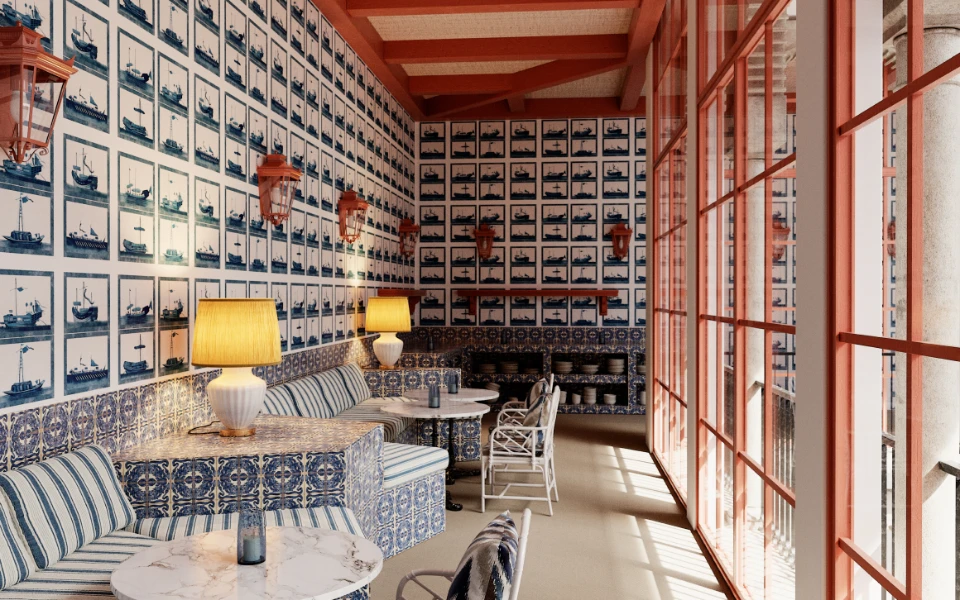Granada Street in Málaga, formerly known as Calle Real after the city was taken by the Catholic Monarchs in 1487, holds deep historical and cultural significance. Today, Granada Street blends history with a vibrant cultural life, filled with galleries, bars, artisan shops, and events like the Málaga Fair.
Sabine opened Can Sab a few years ago in Mahón, and it was a breath of fresh air for people like me. Tableware, Murano glasses, designer and vintage furniture, palm-shaped bamboo lamps, tapestries, napkins, tablecloths…
Pilar and Paco live in Mahón, just two streets where Cristine Bedfor is located. Walking into their home is like stepping into Alibaba’s cave of esparto grass. Hats, baskets, rugs, shopping carts, lamps, handbags…
Marta de la Rica carries years of experience on her young shouldersbroad, high-quality experience. Good taste and a knack for craftsmanship run in her veins; it’s genetic. I’ve known her formore years than I’d like toadmit, but on the other hand, I’m happy to have had her by myside for so long.
Cristine Bedfor and the Red Cross began their joint collaboration when we started our Mahón home. In 2020, during the pandemic, we worked together to distribute food to the most vulnerable families, making use of surplus produce from local farmers and producers.
Miguel Gomila is the fourth generation of Arader craftsmen documented in his family. This ancient tradition involves working with the wild olive tree, or acebuche, which is so characteristic and abundant on the island, to enclose and protect livestock and agricultural lands.
Anne Larralde and Marc Pons are the founders of Marco Polo Yachts. Neither of them comes from the nautical sector, but they decided to start a small charter company, seeing the need and the lack of nautical companies in Menorca that offer a more exclusive product adapted to the needs of customers.
It was at the beginning of the 60s when a well-known Mestre D’Aixa from Maó, JuanitoPetrus, in his desire to improve the product, dared to build his first polyester llaüt. From the success obtained, the Capeador brand was born.
Nothing like accompanying a special moment with music and that’s why Nano came into Cristine Bedfor’s life, four years ago! On Thursdays and Sundays, he stands in the garden, and with his powerful voice and his guitar he makes us happy and livens up our afternoons.
Dream interpretation is a field that delves into the corners of our minds. From a psychological perspective, dreams are considered windows to our unconscious, revealing unexpressed desires, fears, and even unresolved conflicts.
At Cristine Bedfor we are much more than pet friendly . At Cristine Bedfor we are a pet family, we love that our canine guests enjoy the hotel, our cookies, and our garden and why not from time to time a little ensaimada, sobrasada o some other Menorcan specialties.
I have always been very envious of the possibility of capturing an image, of drawing, of retaining a moment, a space, a landscape on paper… Having the ease of recreating something with a few strokes, creating a memory , and turning it into art
Bolets de Menorca was born from a hobby, interest, and family passion for bolets (mushrooms). In 2002, it started as a hobby but in 2016 it became a family project, characterized by enthusiasm, effort, and a well-done job
Belén studied Fine Arts and Interior Architecture in Madrid and trained for years, where she especially dedicated herself to Hyperrealism, playing with optical deception that leads the viewer to think that what she observes is a photo, when it was painted. Her portraits hid something…
I met Jacobo a few years ago when we were beginning to decide what to do with our lives, during our university years. Who was going to tell us then what we have become? I have followed his achievements closely; I am a swimmer, and I am fascinated by the challenges that Jacobo has been setting for himself… and even more so meeting.





